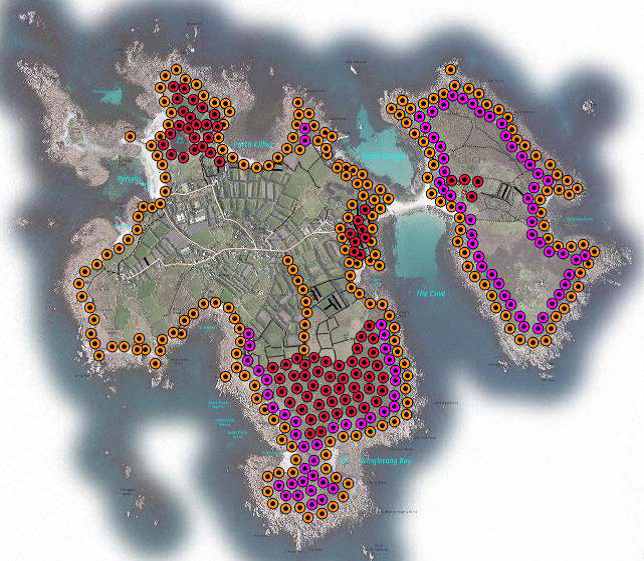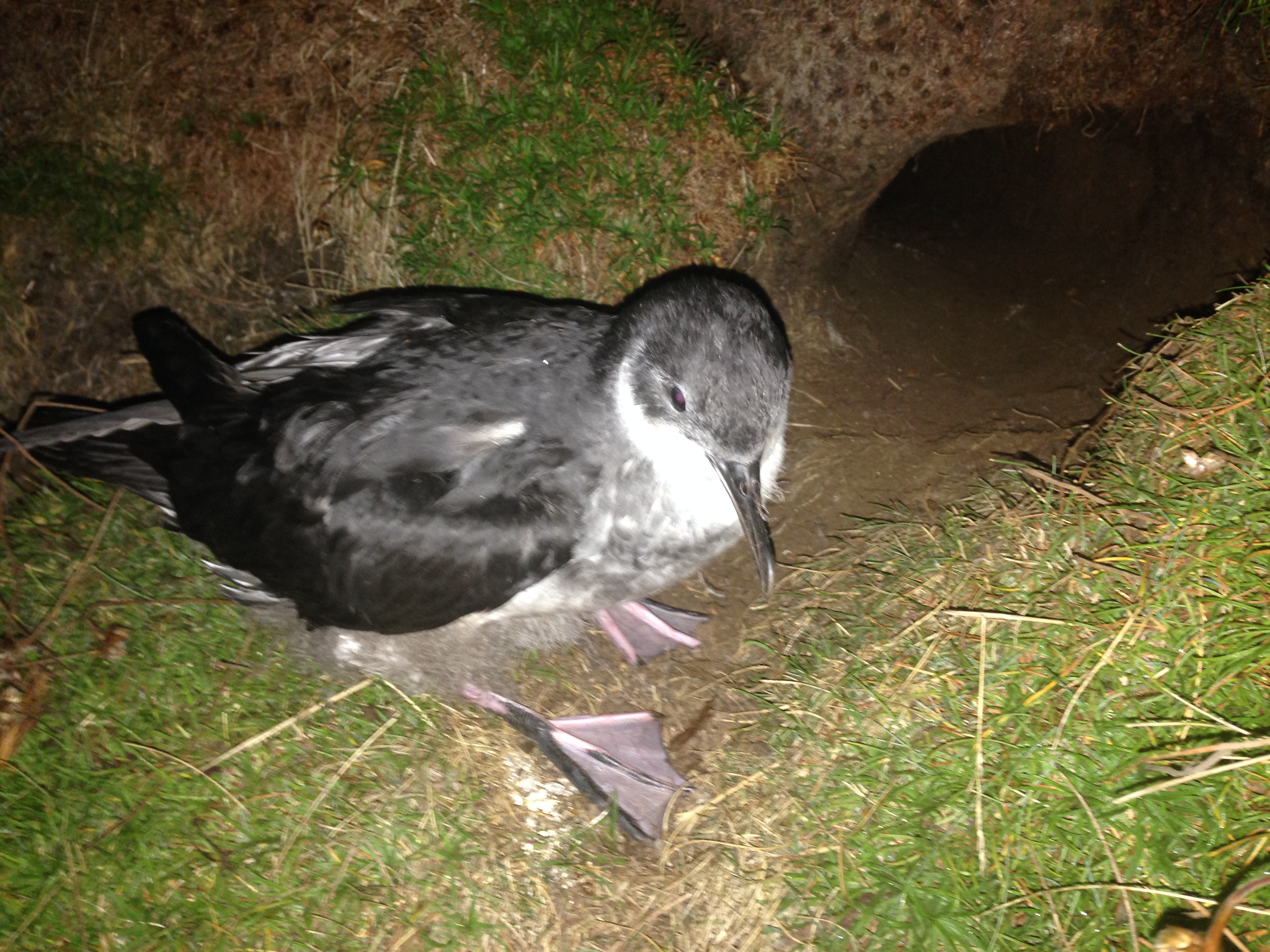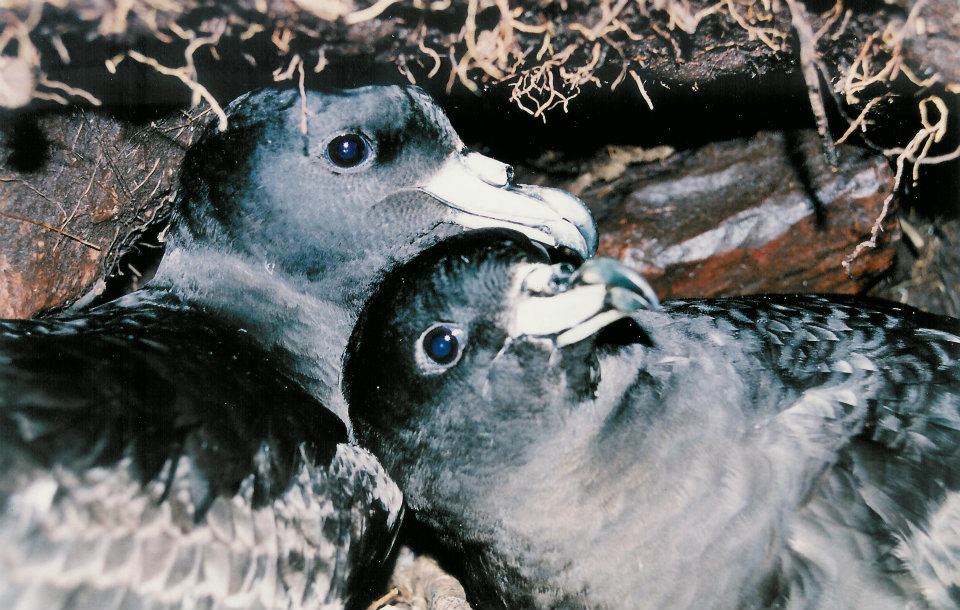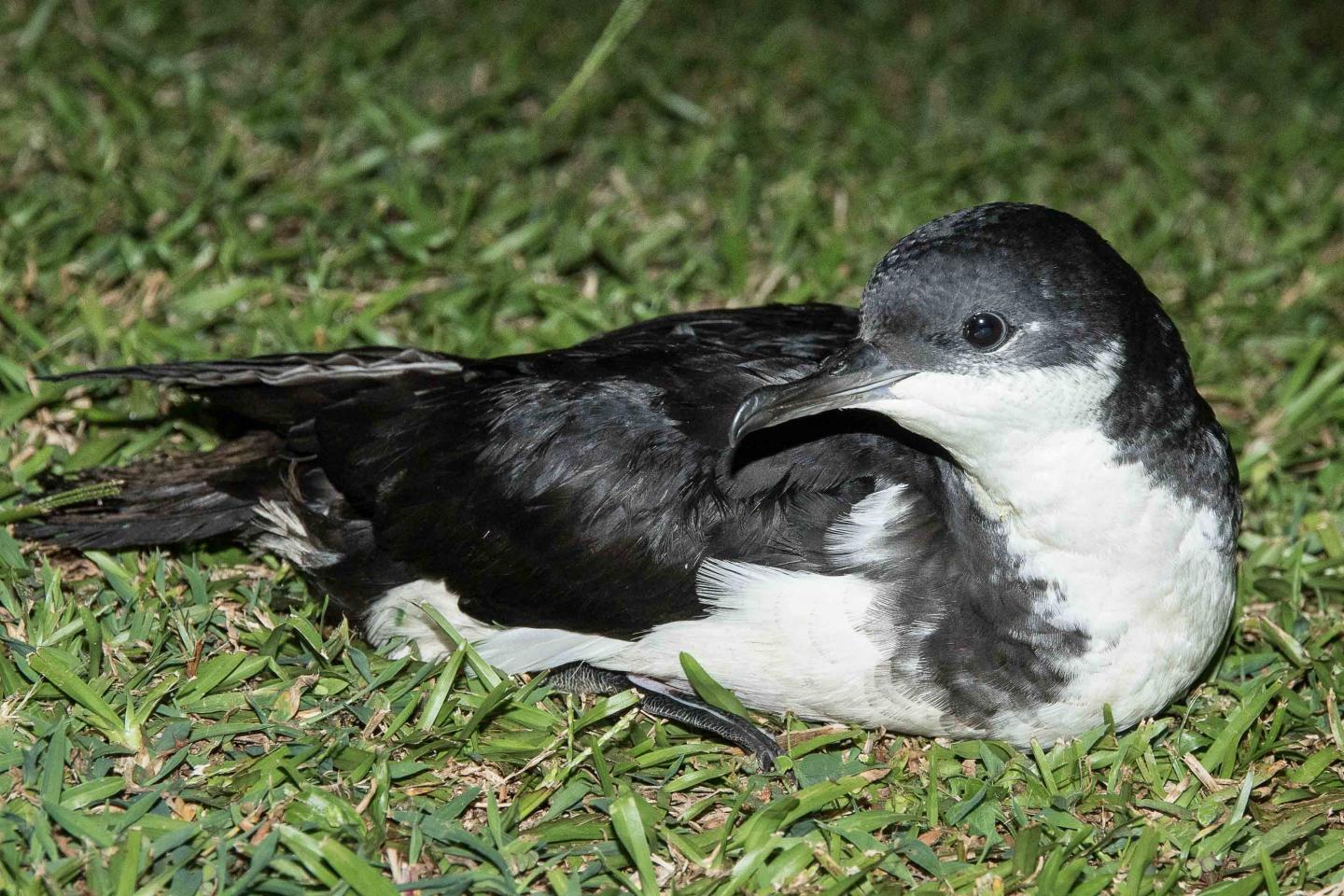
The ACAP Species Infographic series is designed to help inform the general public, including school learners, of the threats faced by albatrosses and what is being and can be done to combat them. They serve to complement the more detailed and referenced ACAP Species Assessments, the concise and illustrated ACAP Species Summaries and the ACAP Photo Essay series. To date, 17 species infographics (out of the 31 ACAP-listed species) have been produced, the latest being for the Vulnerable White-chinned Petrel Procellaria aequinoctialis, recently released in English.

Versions for the White-chinned Petrel are now available in the other two ACAP official languages, French and Spanish, and also in Portuguese. The last version reflects that the species visits the waters of Brazil (a Party to the Agreement). Previously, Portuguese versions have been was produced for the Critically Endangered Tristan Albatross Diomedea dabbeneena and for the Black-browed Albatross Thalassarche melanophris. A few more ACAP-listed species that regularly visit Brazilian waters will also have infographics produced in Portuguese.

The infographics produced to date may be freely downloaded at a high resolution to allow for printing professionally in two poster sizes (approximately A2 and A3). English and Portuguese language versions of infographics are available to download here, whilst French and Spanish versions can be found in their respective language menus for the website under Infographies sur les espèces and Infographía sobres las especies.
Please note they are only being made available for personal use or when engaging in activities that will aid in drawing attention to the conservation crisis faced by the world’s albatrosses and petrels – when ACAP will be pleased to receive a mention.
The infographics are created by Thai illustrator Namasri ‘Namo’ Niumim from Bangkok. With thanks to ‘Pep’ Arcos, Karine Delord and Patricia Serafini for their careful checking of texts in their home languages.
12 November 2024
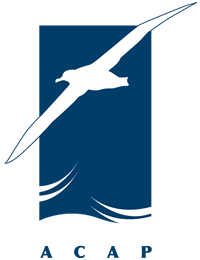
 English
English  Français
Français  Español
Español  A Chatham Albatross; photo by Ross Wheeler
A Chatham Albatross; photo by Ross Wheeler